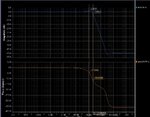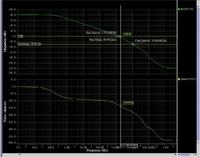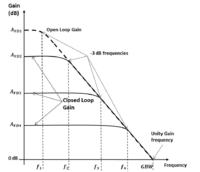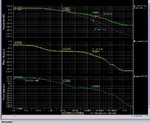Junus2012
Advanced Member level 5
Hello, Nice new week........ Sorry to remind you that the weekend is ended 

Dear friends
I am trying to find the Gain bandwidth (NOT THE UNITY GAIN BANDWIDTH) from the buffer connection , as usuall, the bandwidth is calculated at -3 dB from the maximum value , so 0-3 dB = -3 dB, in the same time, the phase difference between the output and input is 45
I have connected my designed OTA as a buffer and I run the AC simulation, I got this graph which shoes a different between these assumptions (the -3dB is not when the phase is 45 )
Kindly I am looking for your discussion
Dear friends
I am trying to find the Gain bandwidth (NOT THE UNITY GAIN BANDWIDTH) from the buffer connection , as usuall, the bandwidth is calculated at -3 dB from the maximum value , so 0-3 dB = -3 dB, in the same time, the phase difference between the output and input is 45
I have connected my designed OTA as a buffer and I run the AC simulation, I got this graph which shoes a different between these assumptions (the -3dB is not when the phase is 45 )
Kindly I am looking for your discussion



